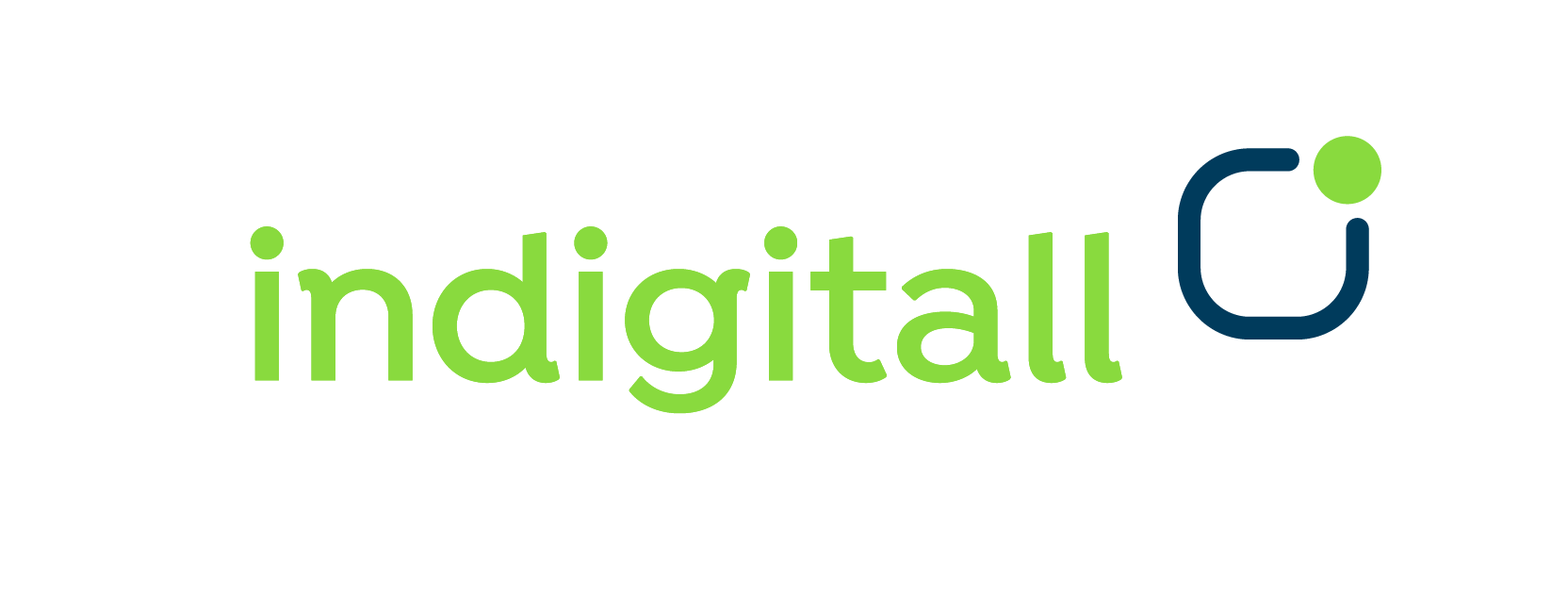
What is Service Design and Why is it Important? We Help You Achieve Your Goals
Overview
From the outside, it may seem that some companies only sell a product or service, with no real difference from others. For example, Starbucks just sells coffee, right? So how have they become so popular? This is thanks to Service Design, a methodology that meets customer needs by striving for excellence in service.
If you can implement it properly in your business, you’ll be able to stand out from the rest and increase your profits. Want to learn how? Don’t worry—we’ve prepared a short guide explaining what Service Design is, how it works, its principles, what sectors it can be used in, and its advantages.
What is Service Design?
Literally translated as “service design,” it’s exactly what the name suggests: focusing on creating and improving the services a company offers, all from the perspective of the customer and their needs.
It involves organizing everything to meet the user’s needs, including processes, interactions, components, or even the infrastructure of the place. Moreover, it focuses on enhancing the experience of the company’s workers and suppliers by creating various methodologies to improve these aspects.
It shouldn’t be confused with UX Design, which translates to “user experience design.” In that case, UX focuses solely on the user’s experience with a website, social media, or an app—that is, the online world. Service Design, on the other hand, addresses the entire process, both digital and physical, so UX Design can be seen as a part of it.
In What Sectors Can It Be Used?
This methodology works well in any sector involving the provision of services, i.e., the tertiary sector. More and more companies are adopting it, with the best example being Starbucks, which has perfected it to the point where drinking coffee there is an experience.
Besides hospitality, you can find it in the tourism industry, retail, logistics, and even banking. The public sector can also use it to improve its services, such as in health centers, schools, or information and administrative offices.
Lastly, there’s the online sector, where UX Design is applied as a branch of Service Design. By understanding the user experience, you can boost sales. For instance, you could offer personalized customer support through a chatbot first and then follow up with WhatsApp Business.
Where it’s less applicable is in primary and secondary sector companies, especially those with already established clients. However, in certain cases, Service Design can still help increase sales.
What Are the Principles of Service Design?
This system operates on the following principles:
– Customer-focused: The first principle is that it focuses on the customer’s needs rather than the company’s. Services are designed to provide value and meet their expectations.
– Unified system: For it to work correctly, all parts must function together, including machines, employees, and processes.
– Continuous improvement: Since it’s based on user behavior, it starts with a minimum viable product and undergoes various tests. If something fails, it’s continuously adjusted and improved.
– Reality-based: Instead of relying on theoretical data, Service Design is grounded in the real world. That’s why it prefers real-life experimentation and collects data through interviews, surveys, web analytics, etc.
– Everyone is included: Besides involving the customer, it also includes other parties like workers, suppliers, and partners. The goal is for all parties to be satisfied.
What Benefits Does It Have?
Properly implementing a Service Design strategy has numerous benefits. The most obvious one is that customers will be more satisfied because the company understands their needs. They’ll receive more accessible, personalized, and adapted services, resulting in a better overall experience.
This translates into benefits for the company, like customer loyalty and increased sales. As more customers come, you’ll be able to further improve the service and continue growing. In fact, market changes and new demands will be easier to spot, allowing you to stay ahead of the competition. Customers themselves will promote the company, saving money on advertising since the best asset will be the services.
This loyalty also extends to employees, as this methodology focuses on satisfying all parties. All departments will work in sync, improving relationships and operational efficiency. This results in cost reductions as everything is streamlined and aligned with the same goal.
When done right, it will create real differentiation from competitors—something crucial in sectors where everyone sells the same thing, like hospitality. If everyone is selling coffee, the best way to stand out is in how you serve that coffee. Starbucks understood this well, which is why they’ve succeeded with their excellent Service Design.



